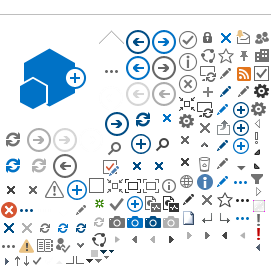An important step towards the qualification of the Space Rider's thermal protection system, designed and developed by CIRA, has been achieved with the success of the dynamic testing campaign for the control surfaces.
With a mass of just 10 kilograms and total dimensions of 900 x 700 mm, the flap, made with the ceramic material ISiComp® developed by CIRA and Petroceramics, features a complex geometry capable of ensuring the aerodynamic performance and thermo-structural characteristics necessary to withstand a demanding combination of mechanical and thermal loads, with temperatures reaching up to 1650°C.
The particular configuration of the flap and the interface system with metallic supports and bearings create a strong coupling of the structure with the vibro-acoustic stresses of the VEGA-C rocket. This makes laboratory tests critical, as they must be both representative and safe for the integrity of the component.
The Space Rider Project Team at CIRA has developed an advanced methodology to define nominal load profiles, mitigating the amplification of dynamic stresses induced by laboratory tests. Based on load monitoring using accelerometers and FEM analysis, this methodology reduces uncertainties and generates test profiles representative of operational conditions.
This approach represents a significant evolution towards efficient and robust dynamic qualification, contributing to ensuring the safety and reliability of the Space Rider during its missions.
The methodology was applied to the dynamic testing campaign on the "Qualification Model" of the Body Flap, the first component of the SR thermal protection system to be qualified. The dynamic testing campaign was conducted by the CIRA Space Qualification Laboratory. This success once again demonstrates the effectiveness of an implementation model that leverages synergies between design expertise and experimental capabilities.

